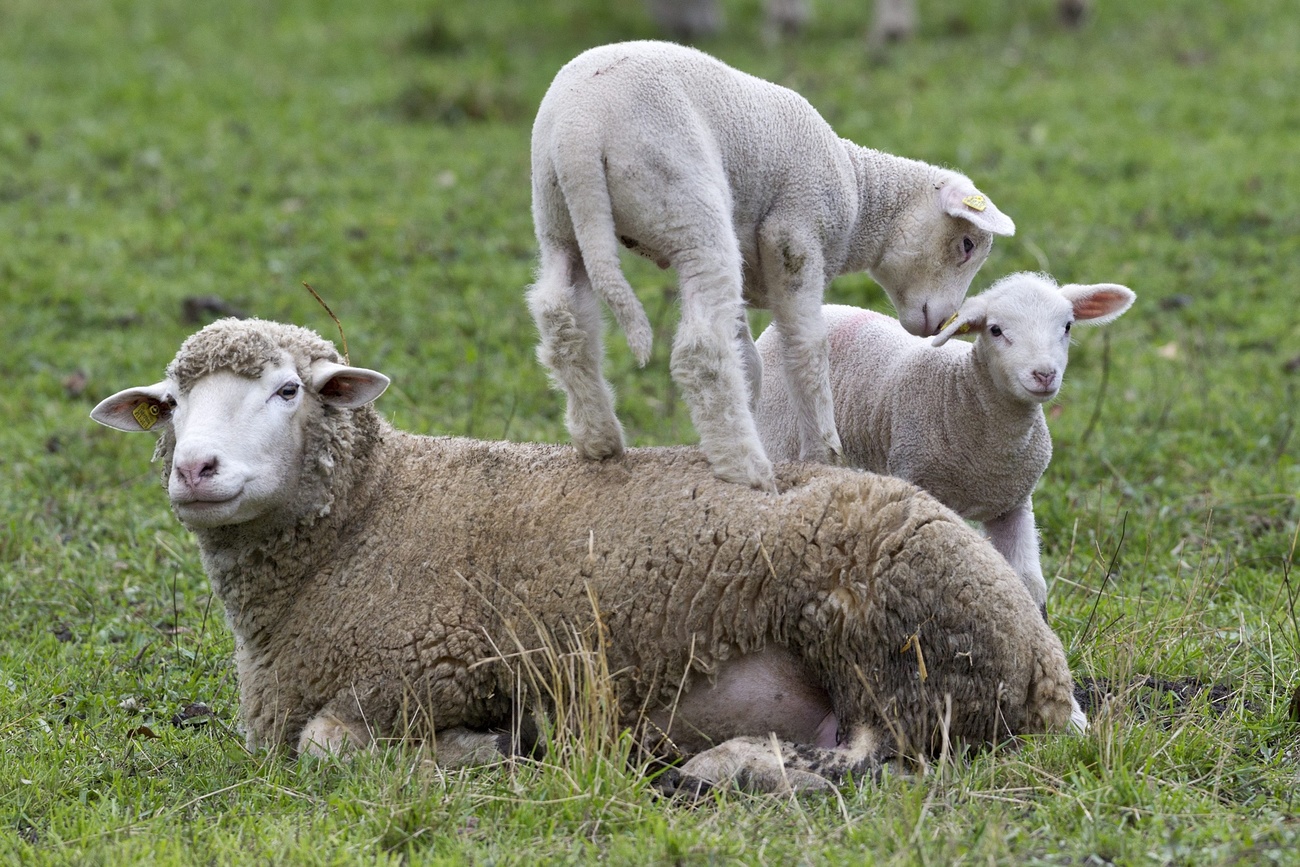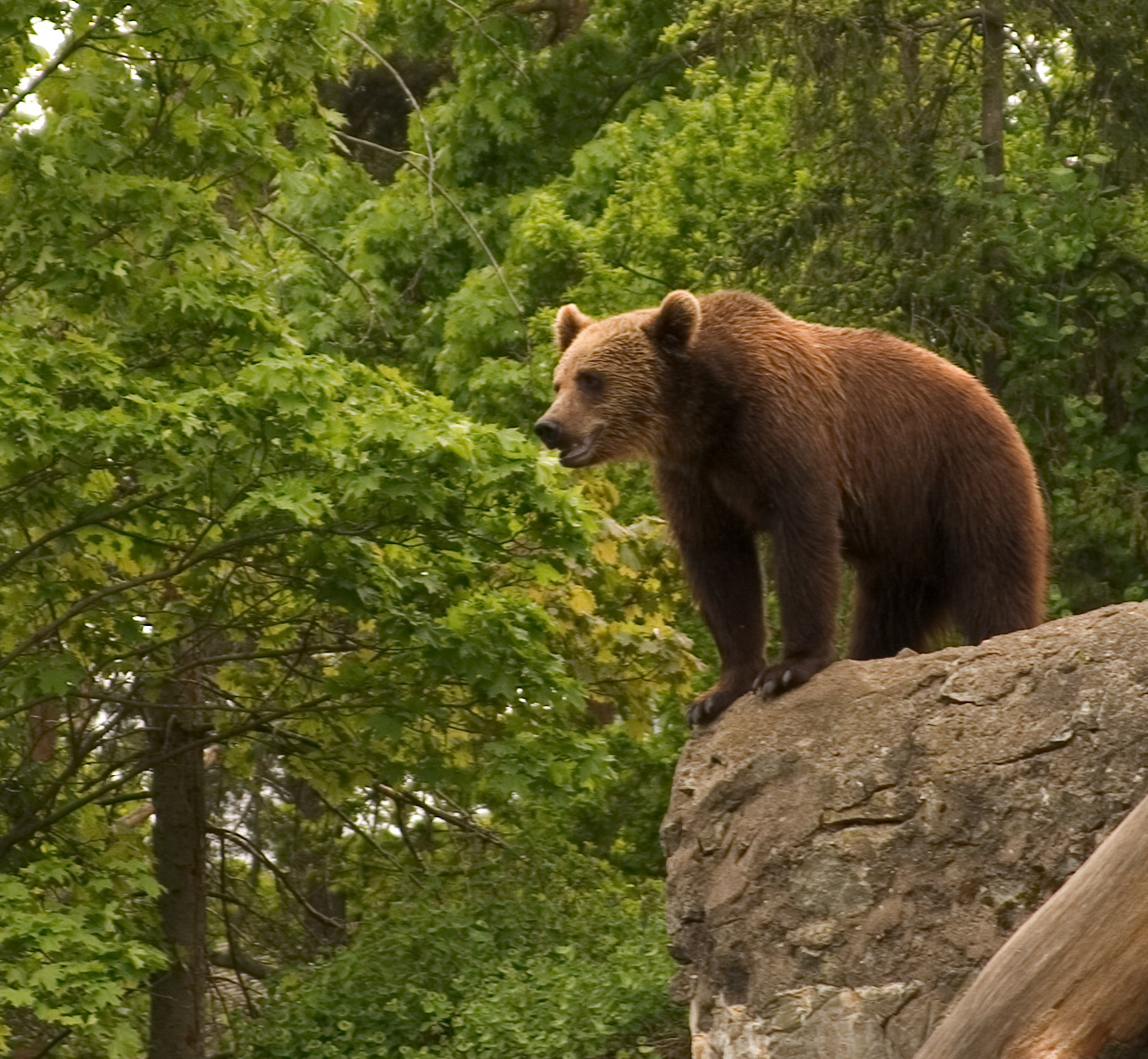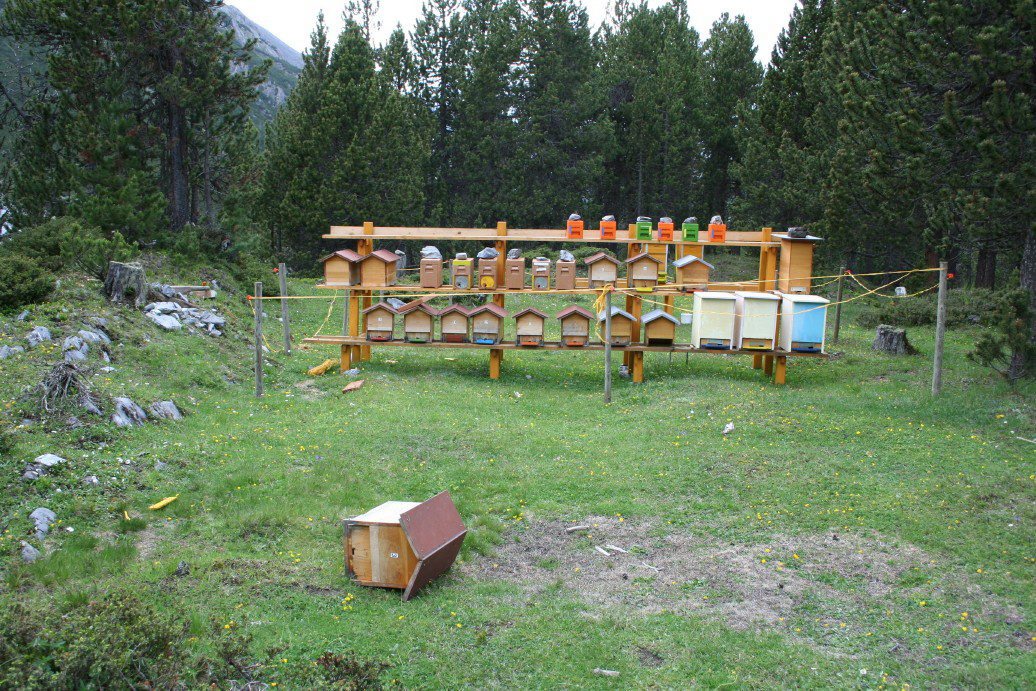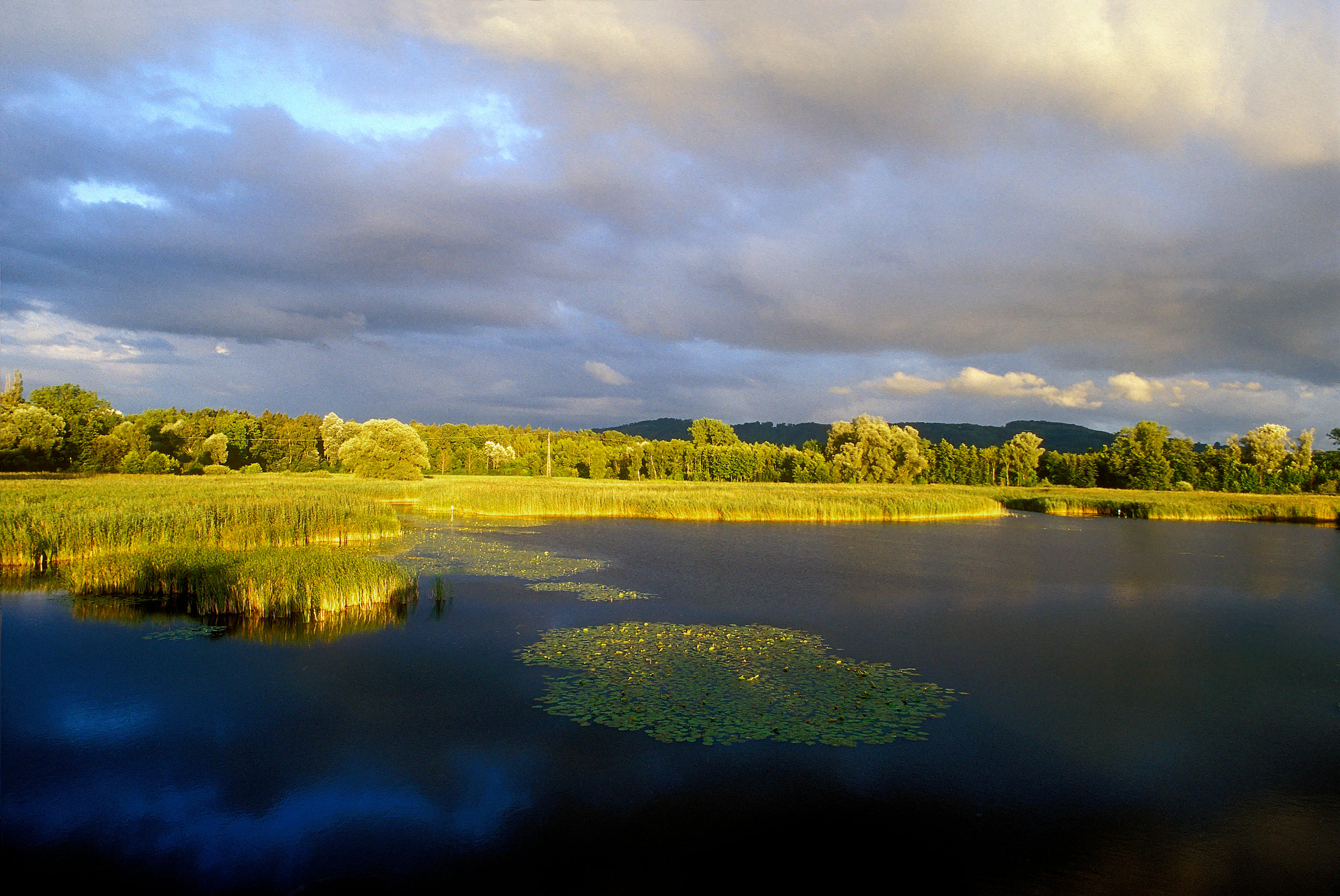
Livestock and beehives to be better protected from bears

Farm animals and apiaries in Switzerland should receive better protection from bears, the government said on Wednesday in a report on how to deal with bears.
The previous practice in dealing with wild brown bears corresponded to pan-European guidelines and had worked, the government said, but there was room for improvement when it came to preventing damage.
The government said it wanted to reduce the risk of bears developing problematic behaviour by better protecting beehives and livestock. The Federal Office for the Environment (FOEN) would therefore review the concept for bears in Switzerland concerning damage prevention and supplement it where possible.
Bears have been protected by federal law in Switzerland since 1962, but shooting for safety reasons is permitted under certain conditions.
Bears had disappeared in Switzerland for almost 100 years, but since the summer of 2005, individual brown bears from Trentino over the Italian border have been regularly returning to Switzerland. Of the 20 or so animals that have migrated, one was shot in 2008 and one in 2013.
The government says there are no plans for active reintroduction of bears to Switzerland. Animals will continue to be shot if bears that are not shy appear in settlements and exhibit problematic behaviour.

More
Switzerland’s only wild bear is shot
The government said it did not see any further need for action for the time being. The current framework for dealing with migrating male bears was sufficient, the report said. The government estimated it would take at least ten to 20 years for female bears to migrate to Switzerland and form a population.
In the past 15 years bears have killed around 200 sheep, as well as goats, donkeys and a calf, according to the report. In addition, they raided about 20 beehives, broke into Alpine huts and stables with food supplies and rummaged through compost heaps and rubbish bins.

The authorities paid around CHF120,000 ($135,000) in compensation for livestock damage and CHF30,000 for damaged beehives. The government covered 80% of the costs, with the cantons paying for the rest.
The report sees the prevention of access to organic waste and food sources near settlements as a major challenge. This includes litter bins along roads, in car parks or campsites, compost heaps, rubbish collection points, open manure pits, orchards and hutches for small animals.
The report said attacks on livestock could be prevented with the same herd protection measures as those used to protect against wolves. Beehives could easily be protected by electric fences, it said.

More
‘I hope we’ll find ways to coexist with bears’

In compliance with the JTI standards
More: SWI swissinfo.ch certified by the Journalism Trust Initiative

























You can find an overview of ongoing debates with our journalists here . Please join us!
If you want to start a conversation about a topic raised in this article or want to report factual errors, email us at english@swissinfo.ch.